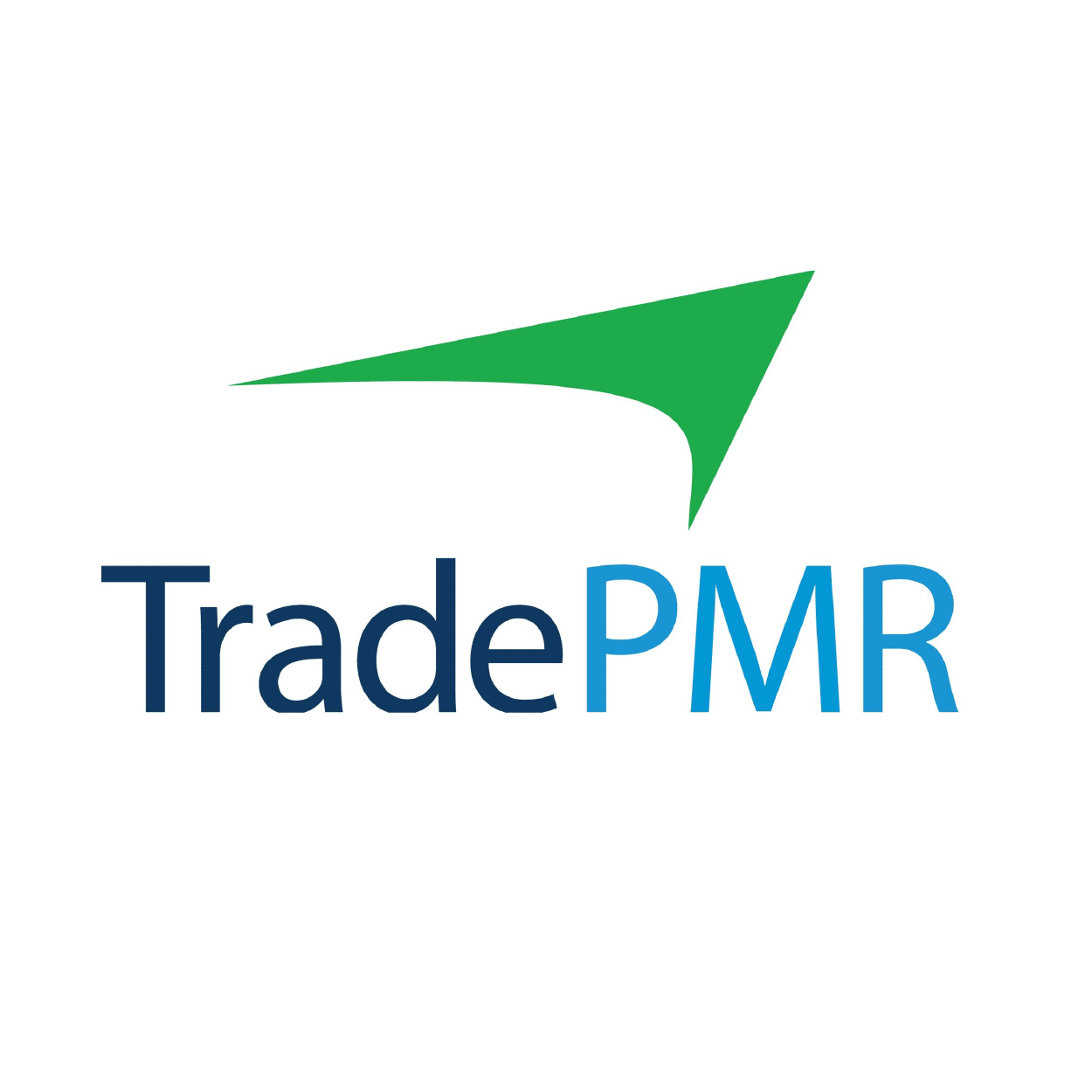There’s finally something Democrats and Republicans completely agree on: America is NOT on track for retirement. It’s a big enough issue that both sides managed to come together and do something about it. Right before the calendar flipped forward to 2023, the Securing a Strong Retirement Act (aka Secure 2.0) was signed into being with overwhelming bipartisan support.
There’s a lot of chatter in the media about how the new law benefits the financial services industry, and how it helps rich retirees get richer. What we are here to tell you is how the new changes to retirement planning can bring opportunities for you.
Whether you’re about to retire, just starting to save for retirement, or too busy saving for college to even think about retiring, Secure 2.0 brings changes to retirement planning that may be worth knowing more about.
Read on for the CliffsNotes.
Know the Lingo
Secure 2.0
A law designed to substantially improve retirement savings options, building on the Setting Every Community Up for Retirement Enhancement (SECURE) Act of 2019
RMD (Required Minimum Distribution)
The amount of money you must take out of your retirement account to avoid tax consequences. RMDs can be an important part of your retirement income strategy.
Backdoor Conversion (aka “Backdoor Roth IRA”)
A loophole for high earners to get around income limits and reap the tax benefits of Roth IRAs by making indirect contributions.
529 Plan
A tax-advantaged savings plan that can be used to pay for qualified education expenses like college tuition.
Why Secure 2.0 Was Passed
As part of a year-end spending bill, the Secure 2.0 Act was passed by Congress and then signed into law by President Biden on December 29, 2022. A bigger and better iteration of the Secure Act of 2019, this retirement plan legislation aims to improve retirement laws on savings accounts.
The government’s ultimate goal? To get more people to participate in retirement savings plans and assist the millions of Americans who haven’t saved a lick for retirement.
According to U.S. Census data, that’s around half our country.
The new changes can affect how we save for and are taxed in retirement. Some of the key retirement provisions in the Act:
-
- Expanding automatic enrollment in retirement plans
- Increasing the age for the required beginning date for mandatory distributions
- A higher catch-up limit to apply at age 60, 61, 62, and 63
- Making 529 plans more valuable by keeping unused education funds from getting stranded there
Highlights to Note
Secure 2.0 may impact your financial planning, retirement strategy and even how you approach saving for your children’s education. It’s worth having a conversation with your financial advisor to see what the new rules mean for you personally.
As a primer, here’s an overview of the highlights and key changes:
RMDs
Secure 2.0 pushes the RMD (Required Minimum Distribution) age back for retirees.
- If you were born between 1951 and 1959, the new age is 73. For 1960 and later, it is 75.
- For those turning 72 in 2023, their RMD is pushed back to age 73.
- In 2033, the RMD age will be 75.
- This does not impact anyone who turned 72 in 2022 and already took their RMD. They will still have until April 1, 2023 to take their first RMD.
- The QCD (Qualified Charitable Distribution) age remains at age 70.5.
Roth options
Secure 2.0 does NOT eliminate the “back-door conversion” rules. This was originally a part of the Build Back Better plan but never came to life.
- There will now be no RMD for employer-sponsored Roth accounts (401(k), 403(b), etc.) beginning in 2024.
- If you own a small business or are self-employed, Secure 2.0 offers Roth options for SIMPLE and SEP IRAs. Originally, these were just offered as pre-tax options. This is more on par with existing i401(k) rules.
Education Savings
There’s now an option to roll over an unused 529 balance to a Roth IRA for the beneficiary. There are some notable restrictions, but this opens up the flexibility of a 529 savings plan.
- 529 must be maintained for at least 15 years or longer. This avoids someone super-funding the 529 just to have it rolled over to a Roth IRA.
- Any contributions made within the last 5 years to the 529 are ineligible. Again, aiming to avoid a super-funding rush.
- The $6.5k/year limit (the new limit for 2023) still stays in place; the max per lifetime that can be rolled over from the 529 is $35k.
Learn More
Retirement laws may not sound sexy, but if spending your golden years sitting on a beach with your toes in the sand does, here’s where you can find out more about Secure 2.0.
If you fall into one of the age brackets directly affected by Secure 2.0, reach out to your financial advisor to plan for the new changes.
Retirement not yet on your radar? The rules and to-dos are ever changing, so keep playing your long game and focus on what you can control.
We’ll be here to guide you and keep you informed along the way.
Onwards with Optimism, The TradeWinds team
—
Have a friend or colleague who you think would be interested in Money Courage? They can sign up here.


